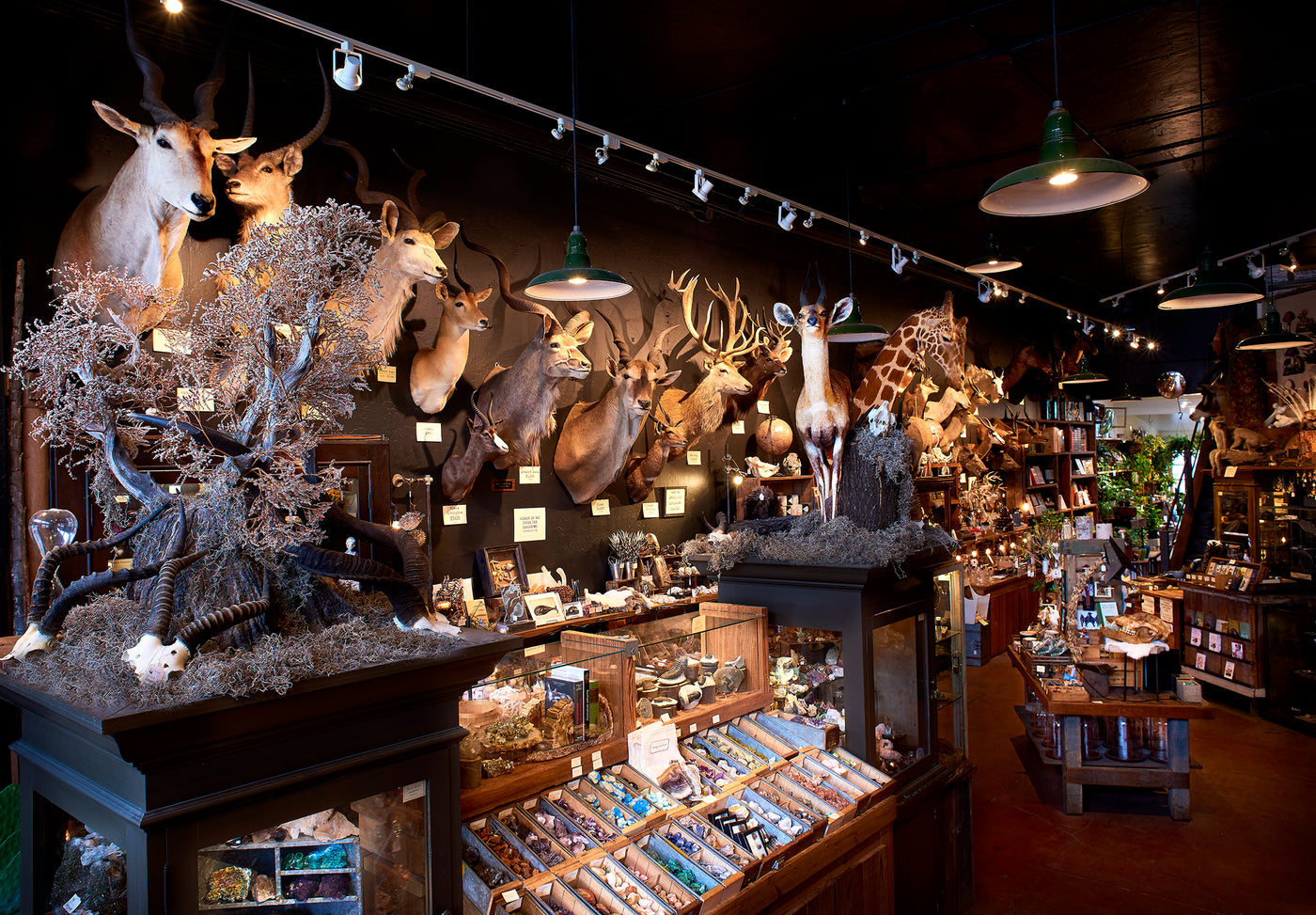Classroom and Home Connection
Home Activities to support your Deaf or HH child
-
American Society for Deaf Children

-
Please enjoy these
stories regularly with your child, and sign along together
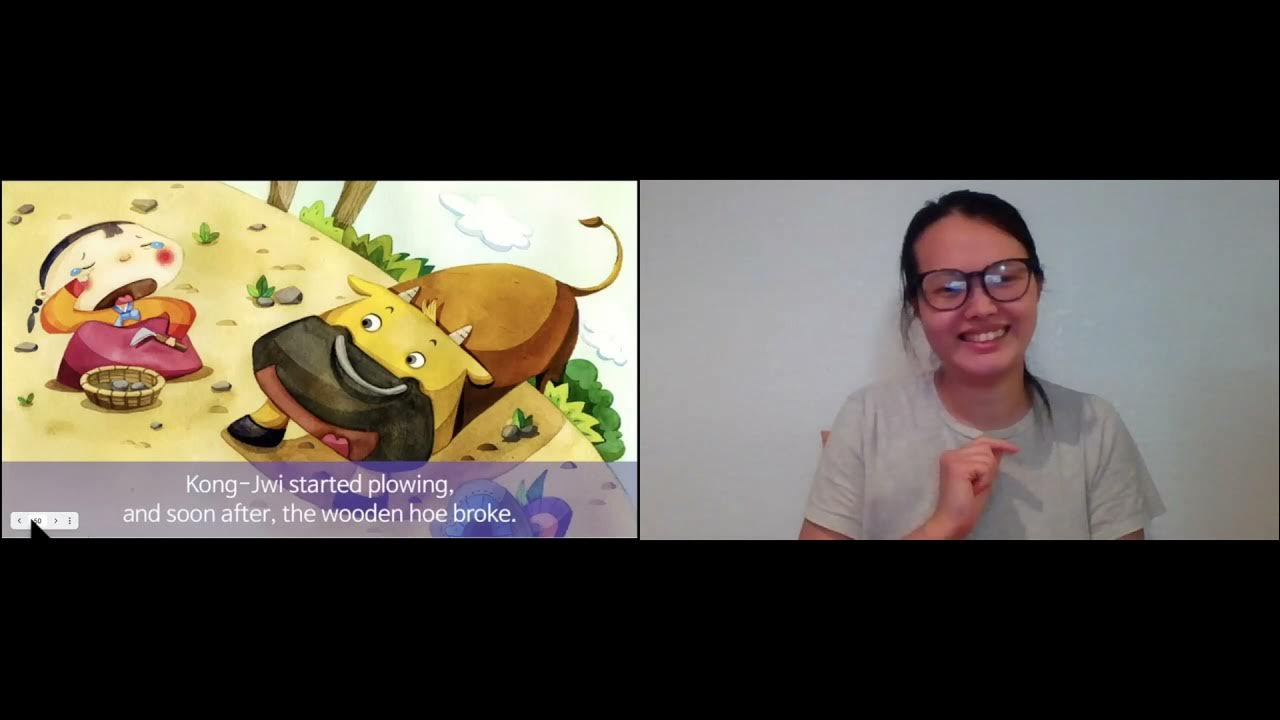

- Want to learn how to read with your child? Watch this!
-
ASL is critical for communication, please
watch this film.
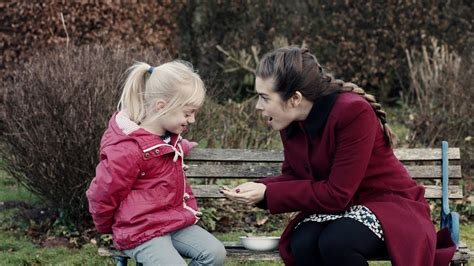
-
ASL Classes from Lifeprint.com
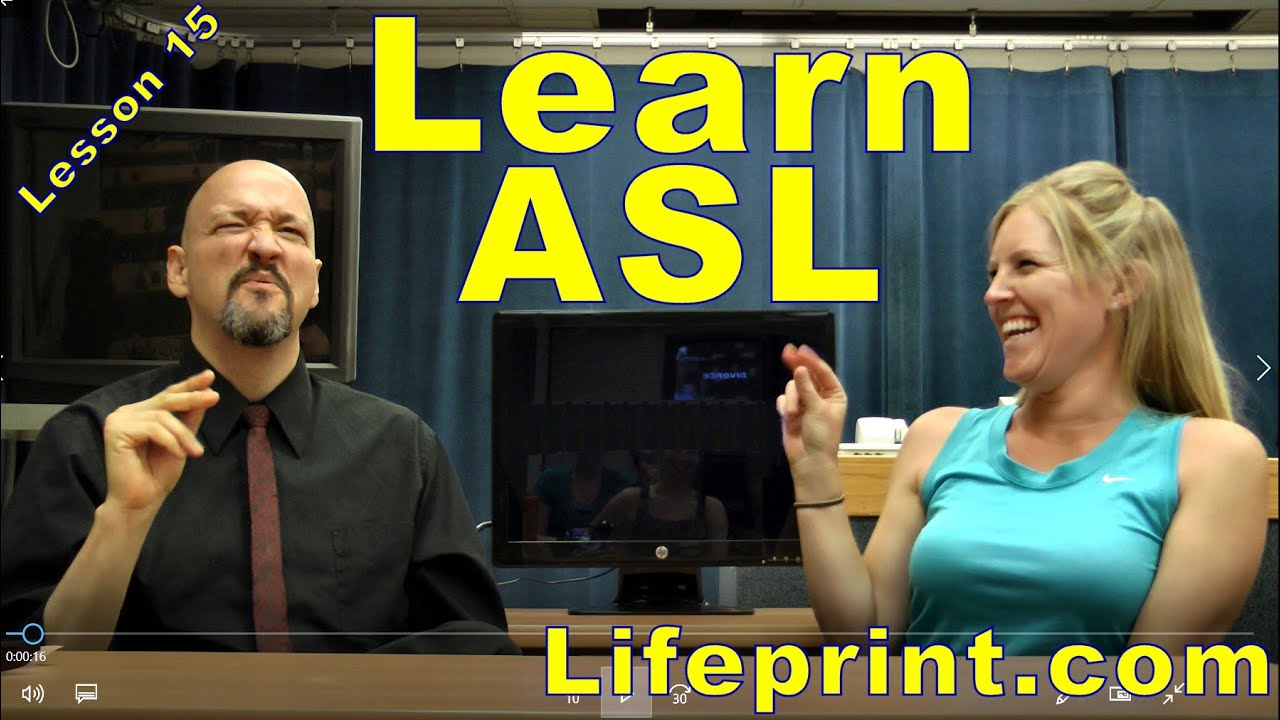
-
ASL at Berkeley City College

-
ASL at Ohlone College
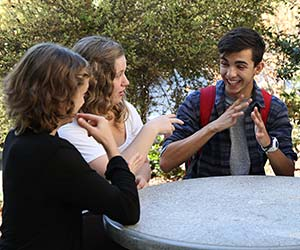
-
Deaf people process information visually. Post pictures I have provided in your welcome
folder with the ASL and accompanying picture in your home. Here's a sample:


Self Identity
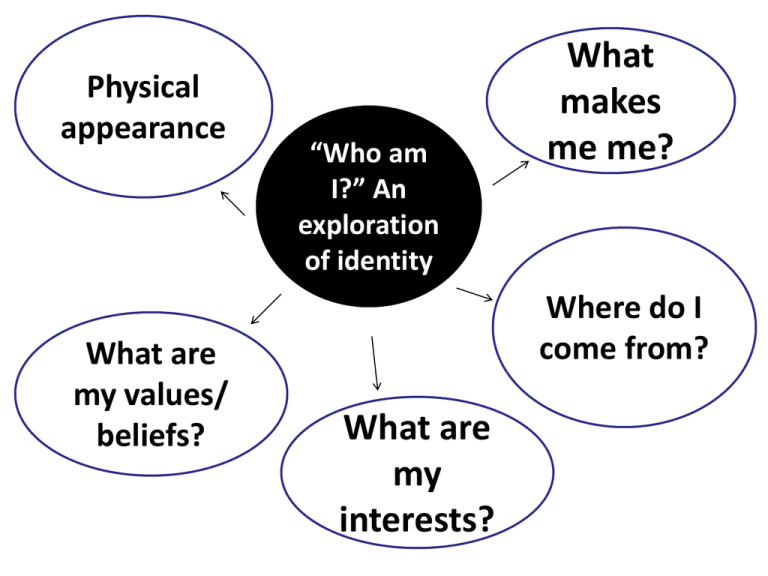
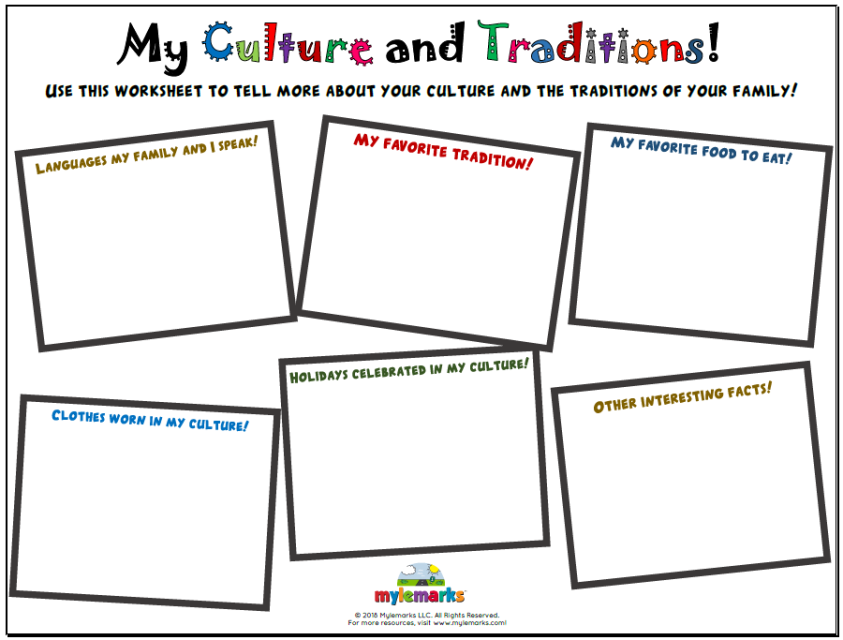
Helping your child know who they are
- Share Family History
- Ask questions
- Explore Interests at the Library
- What is your child proud of
- What makes your child feel scared?
We will work together to help your child learn who they, he/she are in the present moment, and we will continue to explore this aspect of your child throughout the year.
Multiple Intelligences
It is fascinating to learn how some of us learn significantly more about a topic depending on how it is presented to us. Did we draw it, or read about it, or was it something we found in the woods? A wonderful way to connect with your child and their learning is to help them explore the world with a focus on how they learn best. Here are some examples of different learning styles:
Kinesthetic Intelligence:
People who learn best as kinesthetic learners use their bodies to learn. Touch, movement, and creating are ways to explore new information.
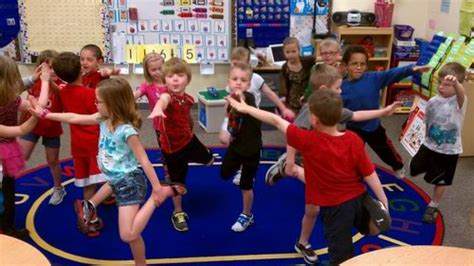
- Build bridges with tooth picks and marshmallows, figure out how to make the strongest model
- Role play a concept your child is asking about, have family members act out different parts of the issue, historical event, animal behavior, social interaction or how to do chores
- Have your child help you, with whatever the task-find an item at the grocery store, discuss the layout and why stores are arranged as they are, or fix a broken drawer, explain the tools, what happened-did the wood splinter?
-
Visit the Exploratorium on the monthly free day:
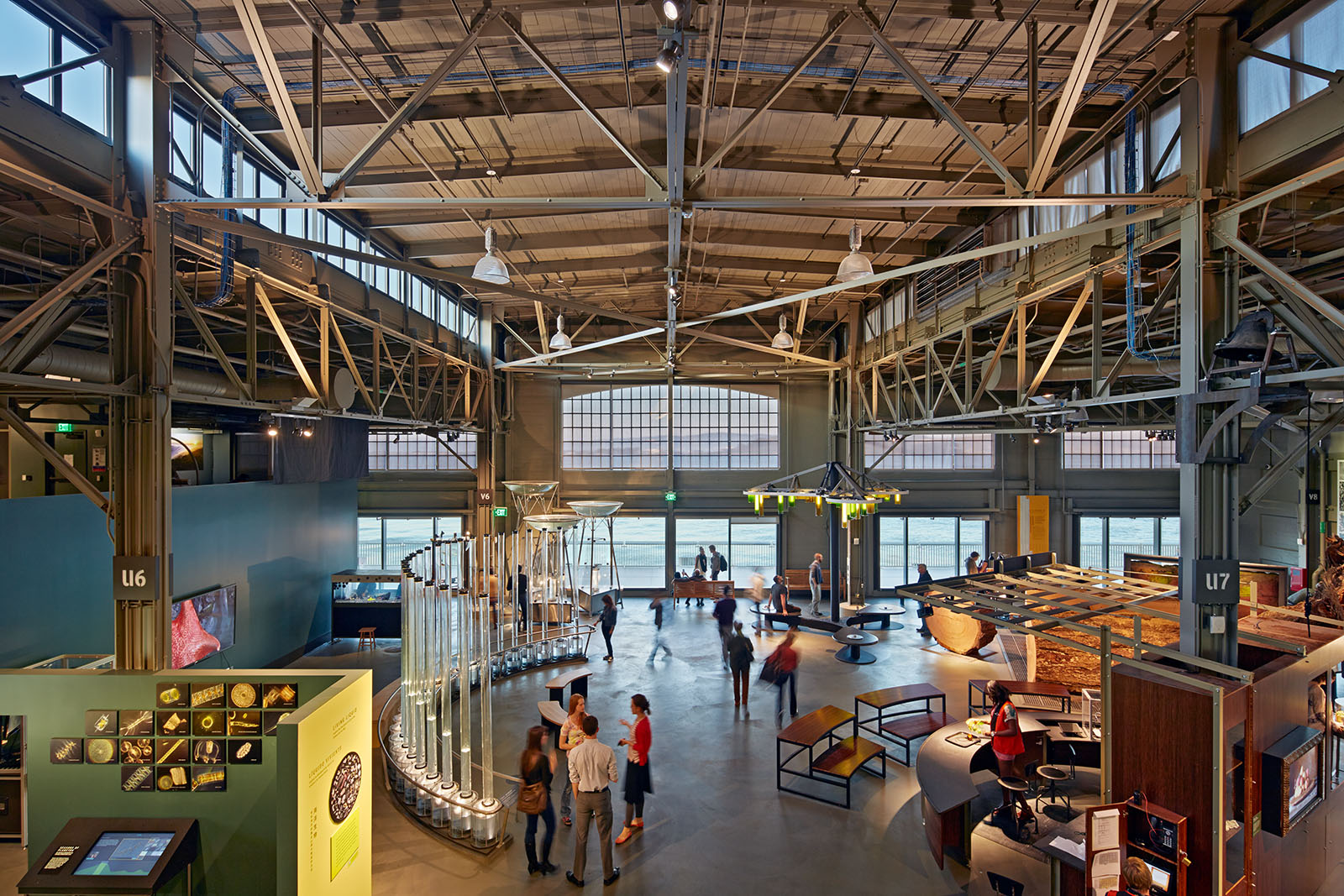
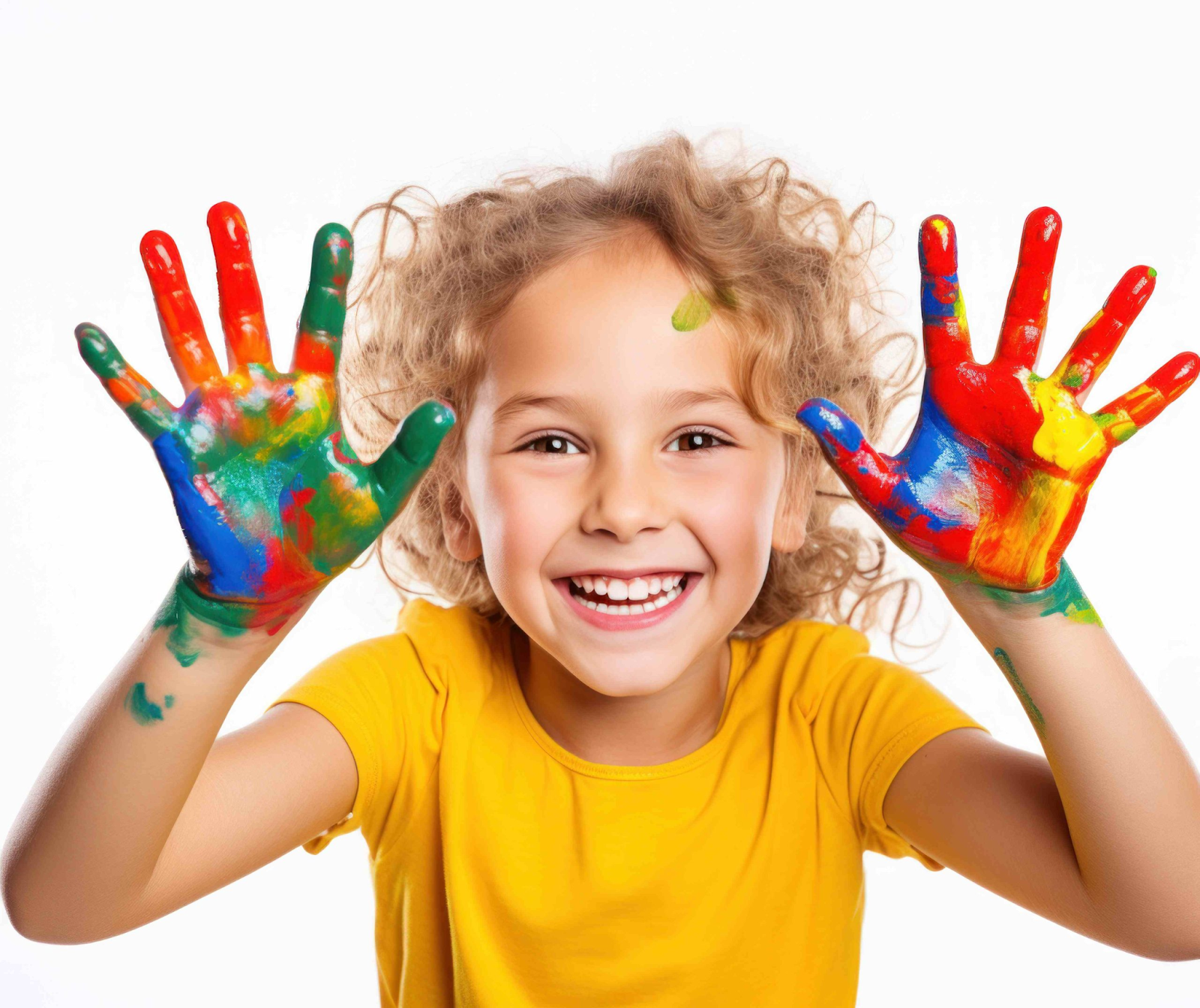
Spatial Intelligence:
People who are spatial thinkers have a great sense of direction. Patterns, puzzles, maps, and geographical locations are all a part of spatial learning.
- Set up tasks according to length of time (size is larger for longer time) have your child arrange tasks to fit in the day
- Put together puzzles, discuss the object of the puzzle while you work
- Explore Maps
- Draw and paint pictures that relate to a story you are reading

Naturalistic Intelligence:
Naturalistic learners are observers, they will be the leaders for experiments in class, they will enjoy creating dioramas.
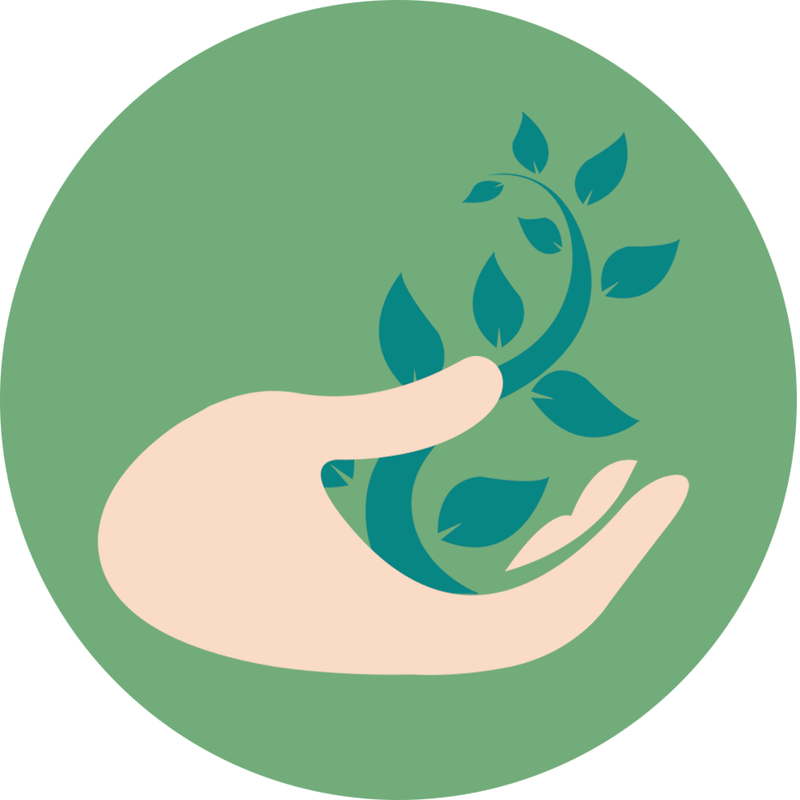
- Grow plants together, and visit arboretums and nurseries
-
Go on nature walks Heron’s Head is a bus ride away
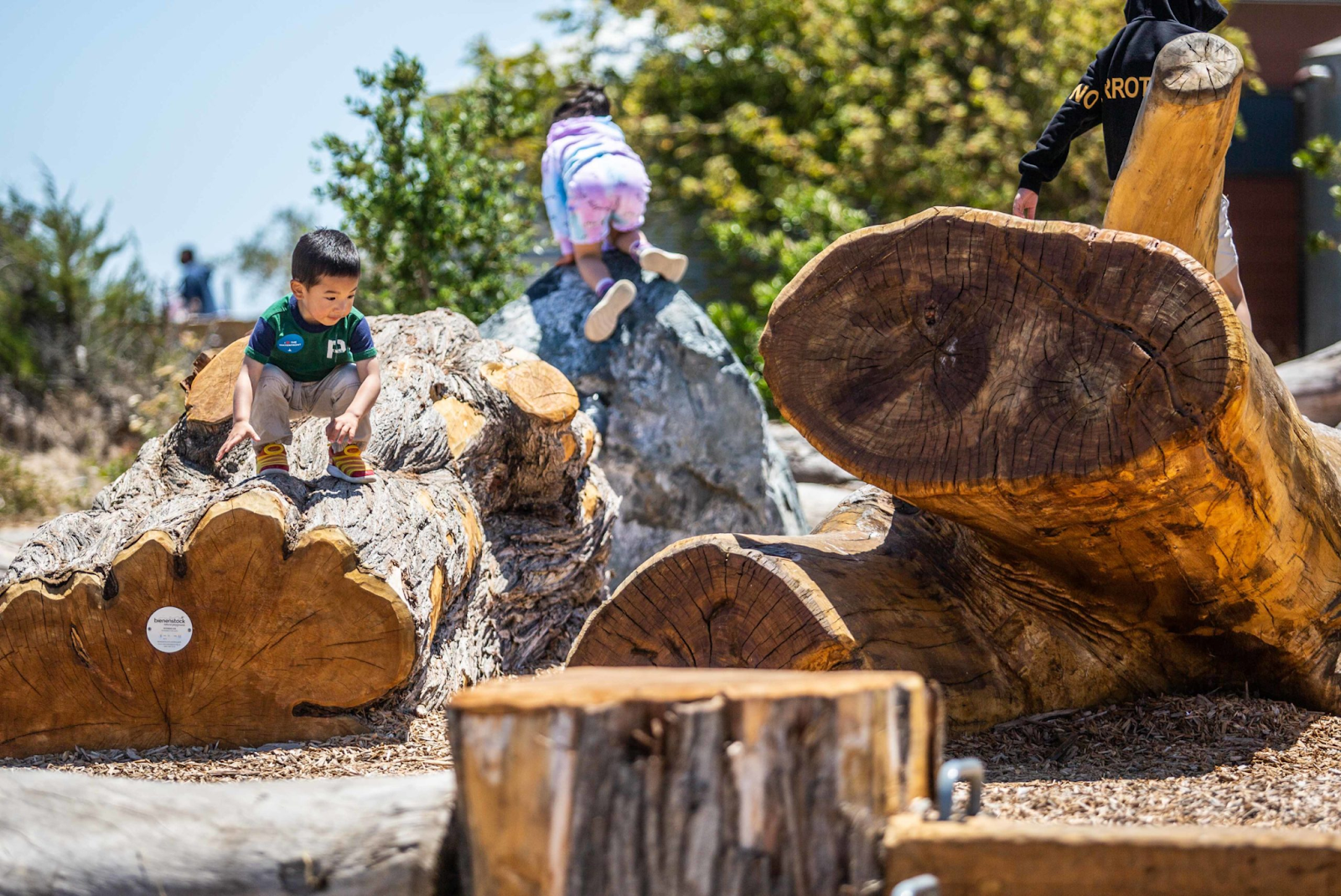
- Visit the zoo, discuss animal behavior
-
Explore the tide pools


-
Look at topographical maps together, and learn about multiple kinds of rocks
